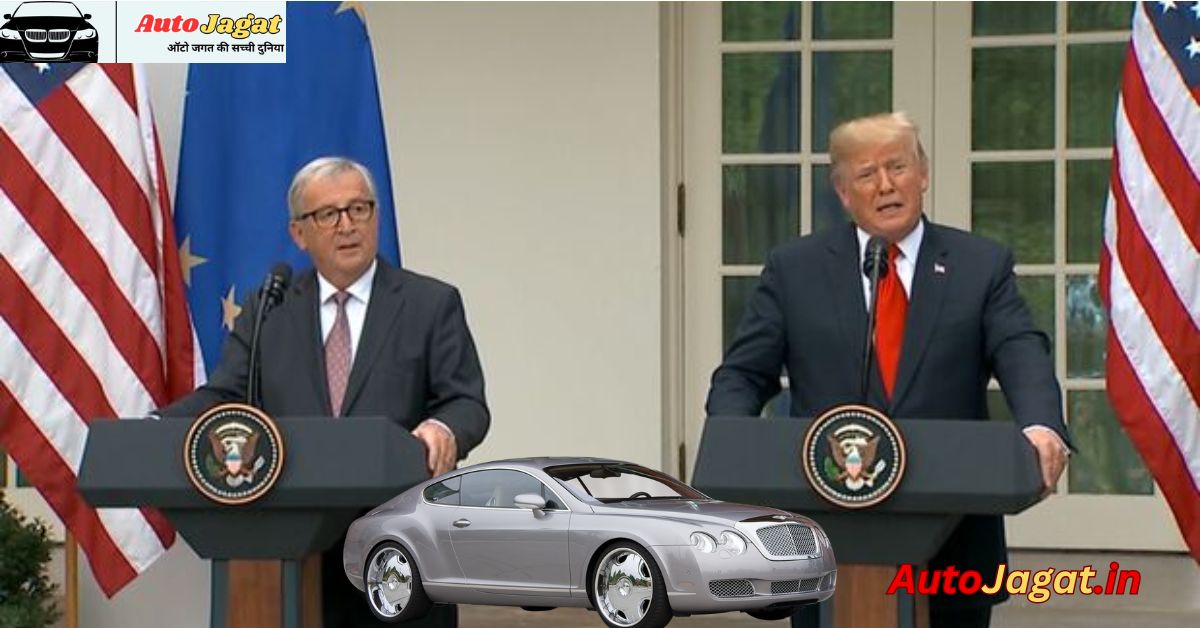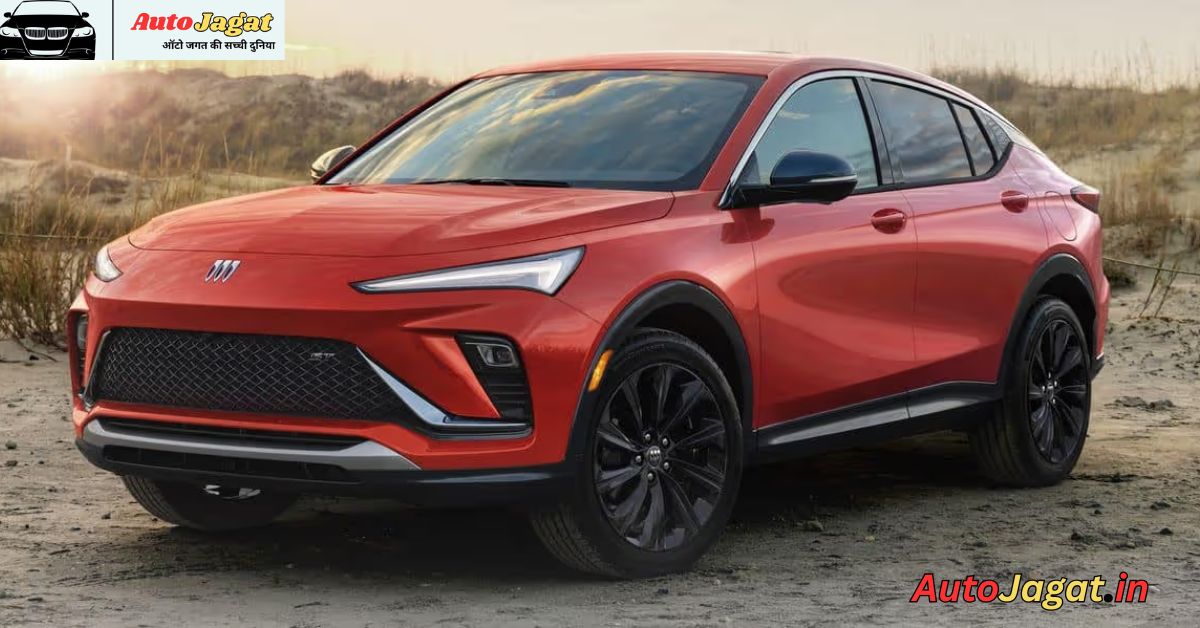In an unexpected twist in transatlantic trade dynamics, European carmakers have landed a respite under President Trump’s latest tariff deal—though the relief comes with strings attached and a fair share of skepticism.
The Unexpected Silver Lining
In a move that surprised many, the U.S. agreed to lower tariffs on European cars from a punishing 27.5% to 15%, retroactively starting August 1, 2025—but only after the European Union begins enacting legislation to ease tariffs on U.S. industrial, agricultural, and seafood products. This surprise break softens the blow European automakers feared and provides much‑needed planning clarity.
Carmakers Breathe a Tentative Sigh
Industry groups like the European Automobile Manufacturers Association (ACEA) welcomed the de-escalation, acknowledging this as a step forward amid intense uncertainty. While the reduction doesn’t restore pre‑Trump tariff levels (then just 2.5%), it beats the looming threat of 30% tariffs, which would have multiplied costs overnight.
Yet, tariff relief doesn’t erase economic pain. Germany’s automotive lobby warns the 15% rate will still cost the German car industry billions annually. Barclays echoed that, calling the deal a “better-than-worst-case outcome” but cautioning that removing worst risks still leaves the industry exposed.
The Heavy Price of “Relief”
Despite this reprieve, several major European automakers are still feeling the hurt:
- Volkswagen suffered a $1.5 billion profit hit in the first half of 2025 due to earlier tariffs and has had to revise down its guidance for the year.
- Porsche reported a €400 million loss and a dramatic drop in return-on-sales—from 15.7% to just 5.5%.
- Stellantis estimates tariff-related losses may total $1.5 billion for the year.
Even with the tariff cut, the new 15% rate is six times higher than the previous 2.5%, and still far from a full recovery.
Strategic Advantage in the U.S. Pays Off
However, not all automakers are equally weighed down. BMW stands out for its strategic U.S. investments—particularly its Spartanburg plant in South Carolina, producing nearly 400,000 cars annually, including SUVs heavily in demand in the U.S. market.
This U.S. footprint gives BMW a twofold advantage: less exposure to tariffs and a strong financial position bolstered by the U.S. financing arm that supports lease-based models. Lease residual values help absorb cost increases tied to tariffs.
Meanwhile, Volkswagen—with its production focused in Europe and Mexico—is more vulnerable. Although it’s building a new site in South Carolina (due to open 2026), its current exposure leaves it significantly more at risk. The tariff reality is steering European carmakers toward in‑country U.S. production—exactly the outcome Trump’s reshoring strategy sought to encourage.
What’s Next on Both Shores?
The deal hinges on EU action: only once Brussels initiates its legislative process to lower U.S. import tariffs will the 15% U.S. rate kick in—and retroactively from the month that legislation starts.
But not everything made it into the relief package. The wine and spirits sector was excluded—European producers face continued high tariffs with thousands of jobs and billions of dollars at stake.
Moreover, while the US agreed to rollback tariffs on cars and certain goods, other areas—like steel and aluminum—remain unsettled, and digital trade rules and standards alignment are still under negotiation.
Final Thoughts
Trump’s tariff deal may have come as a surprise break for European automakers, offering relief in the short term—but it’s no silver bullet. The 15% tariff cut is welcome, but still steep. The agreement’s gradual implementation and reliance on EU action make its full benefit uncertain.
Manufacturers with U.S. presence—like BMW—are better insulated, while those relying on exports remain in the crosshairs. Long term, this may just be the nudge European automakers need to deepen their U.S. footprint—and reshape global production strategies.

Hello, my name is Himanshu Kumar and I am an experienced Digital Marketer. I have been blogging for the last 4 years and I have special interest in SEO. Here I give you easy bikes and writes easy-to-understand reviews and news about the latest bikes, helping readers choose the best options.. My aim is to always provide you with accurate, new and useful information.





